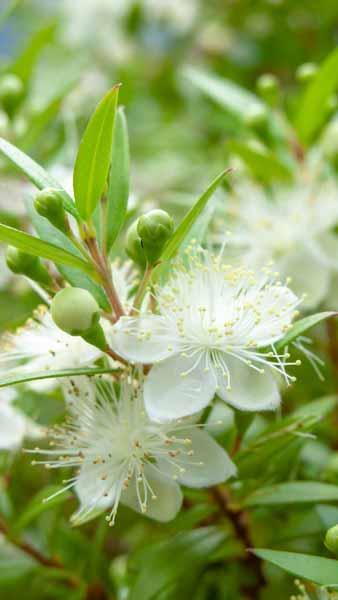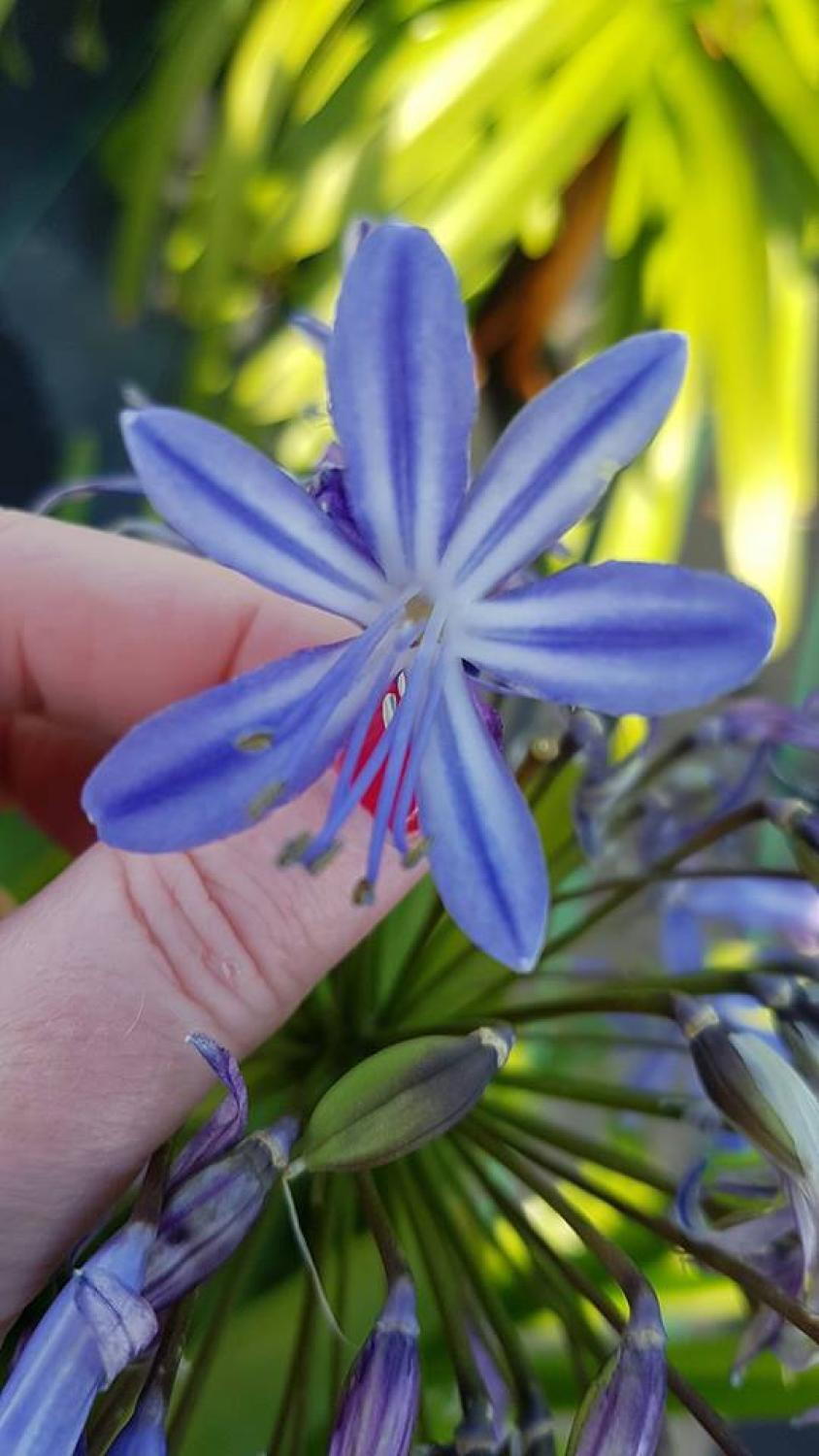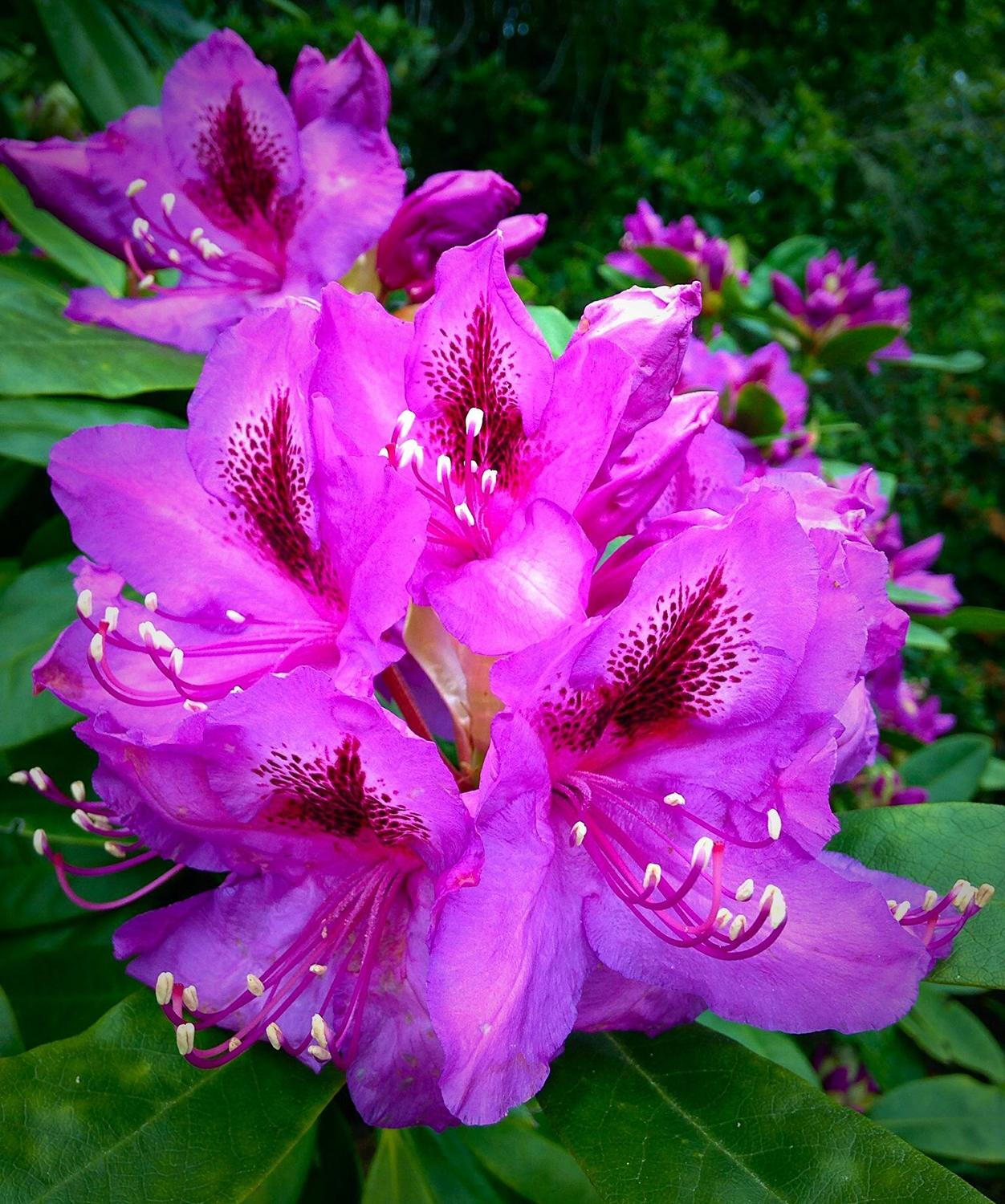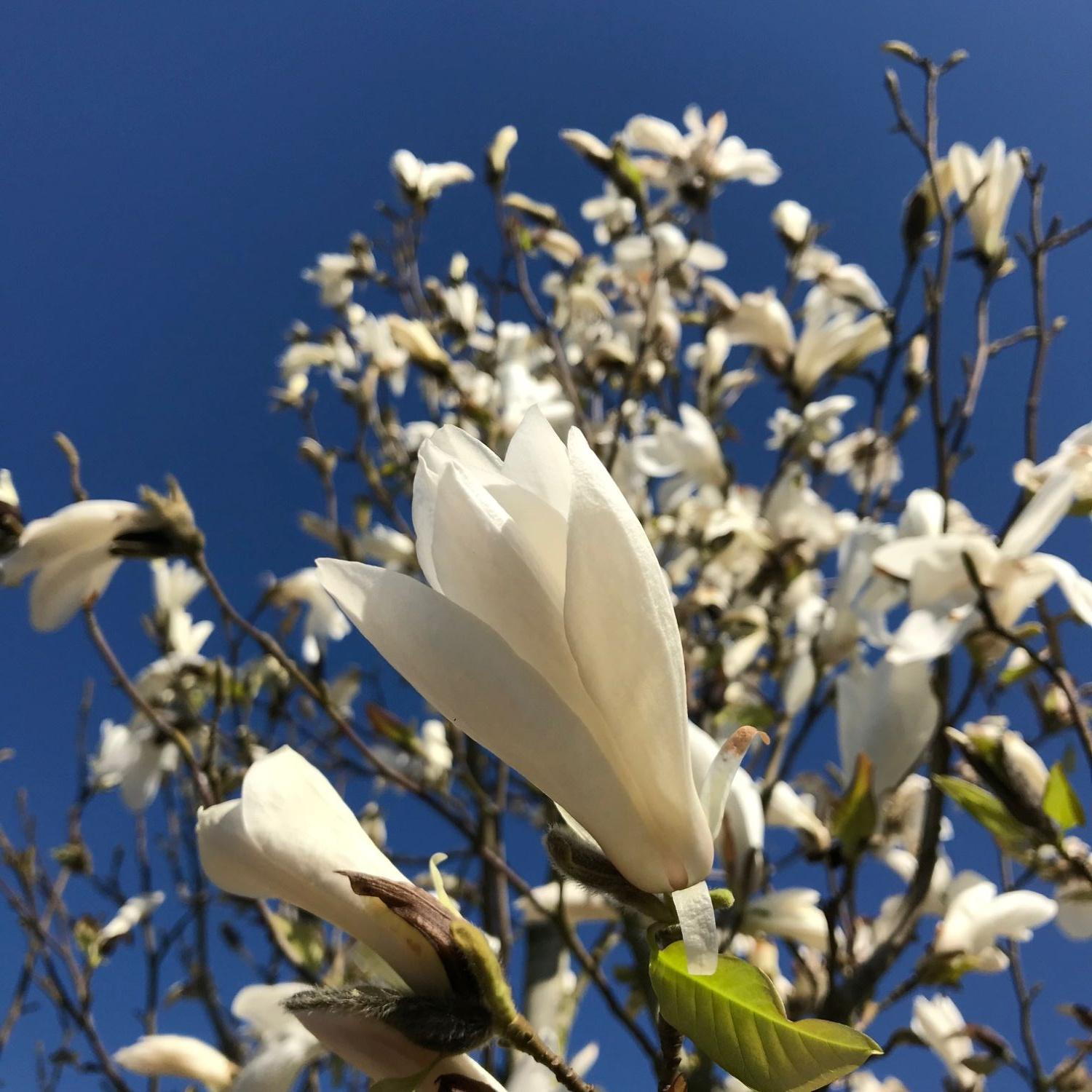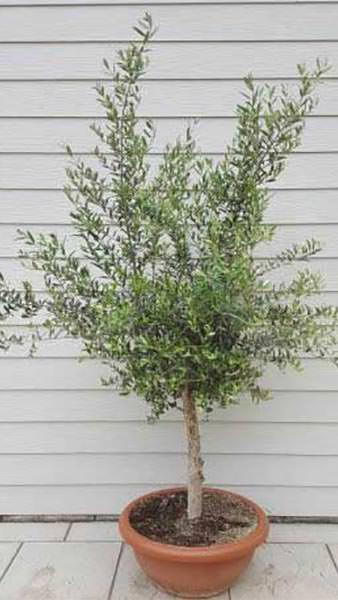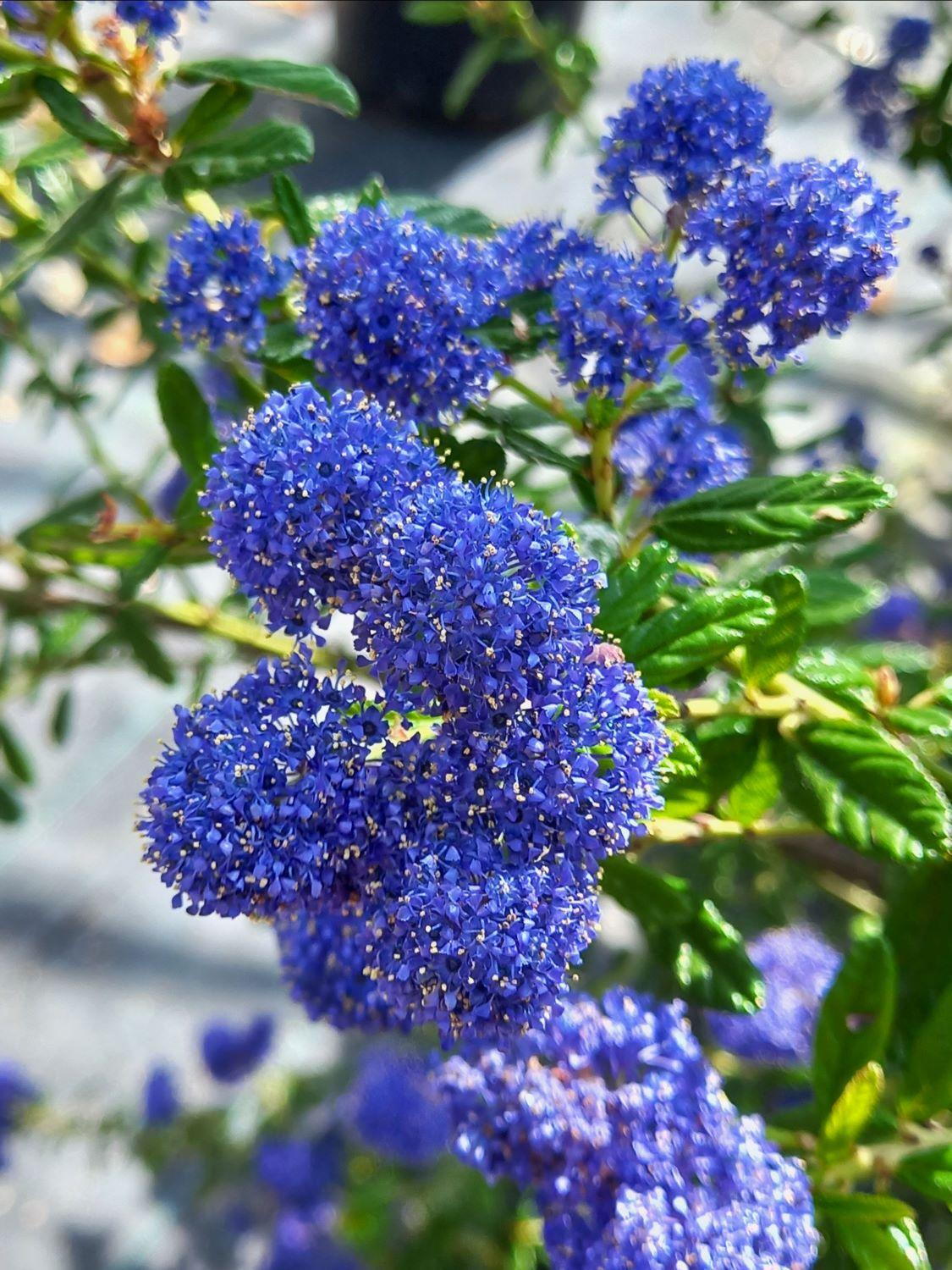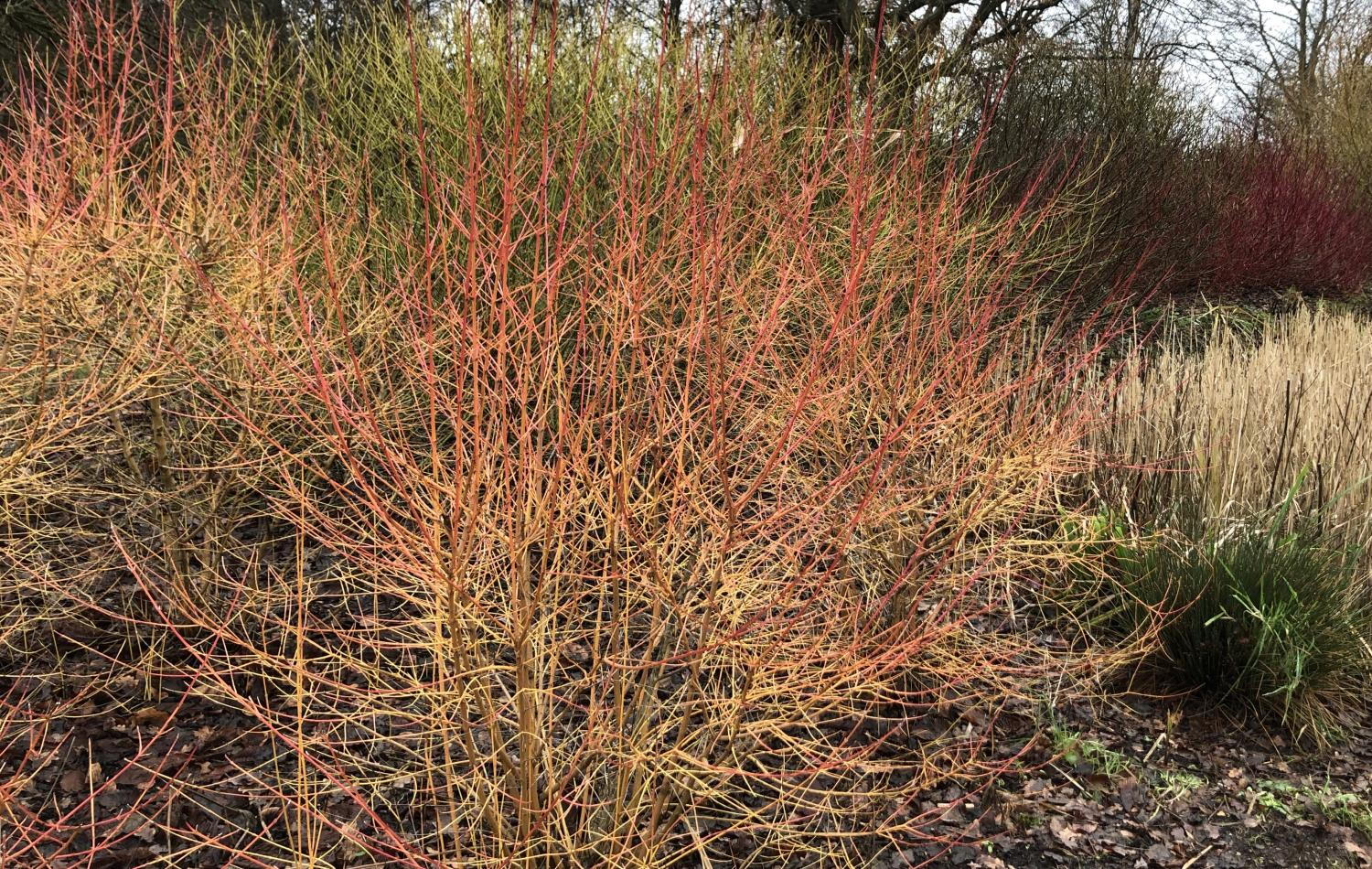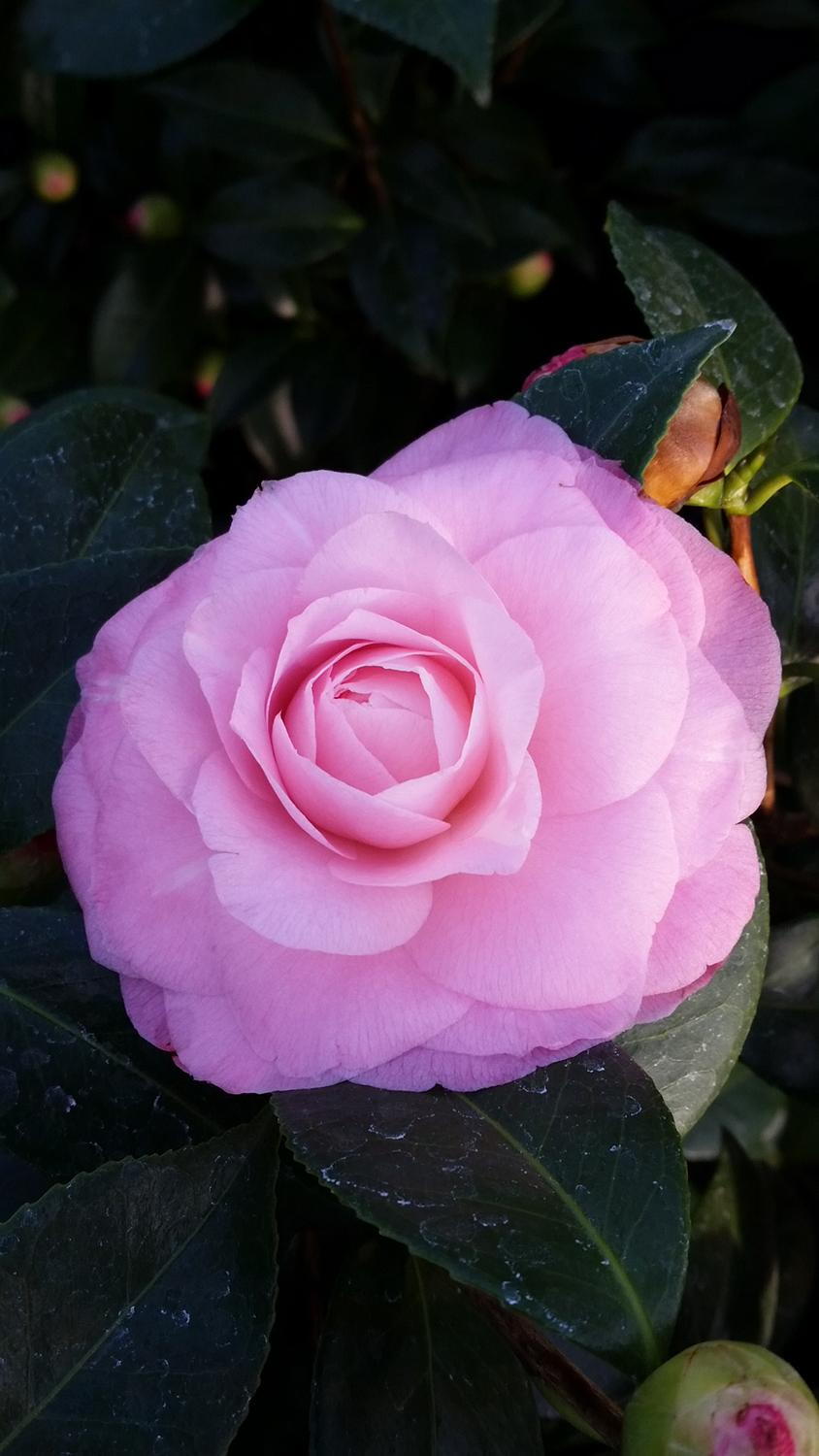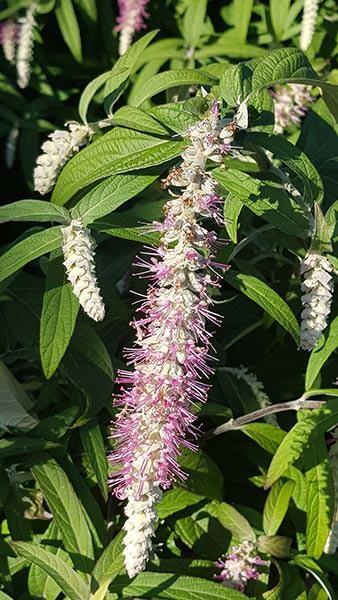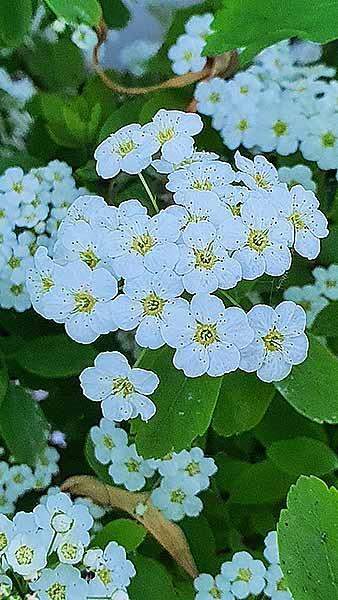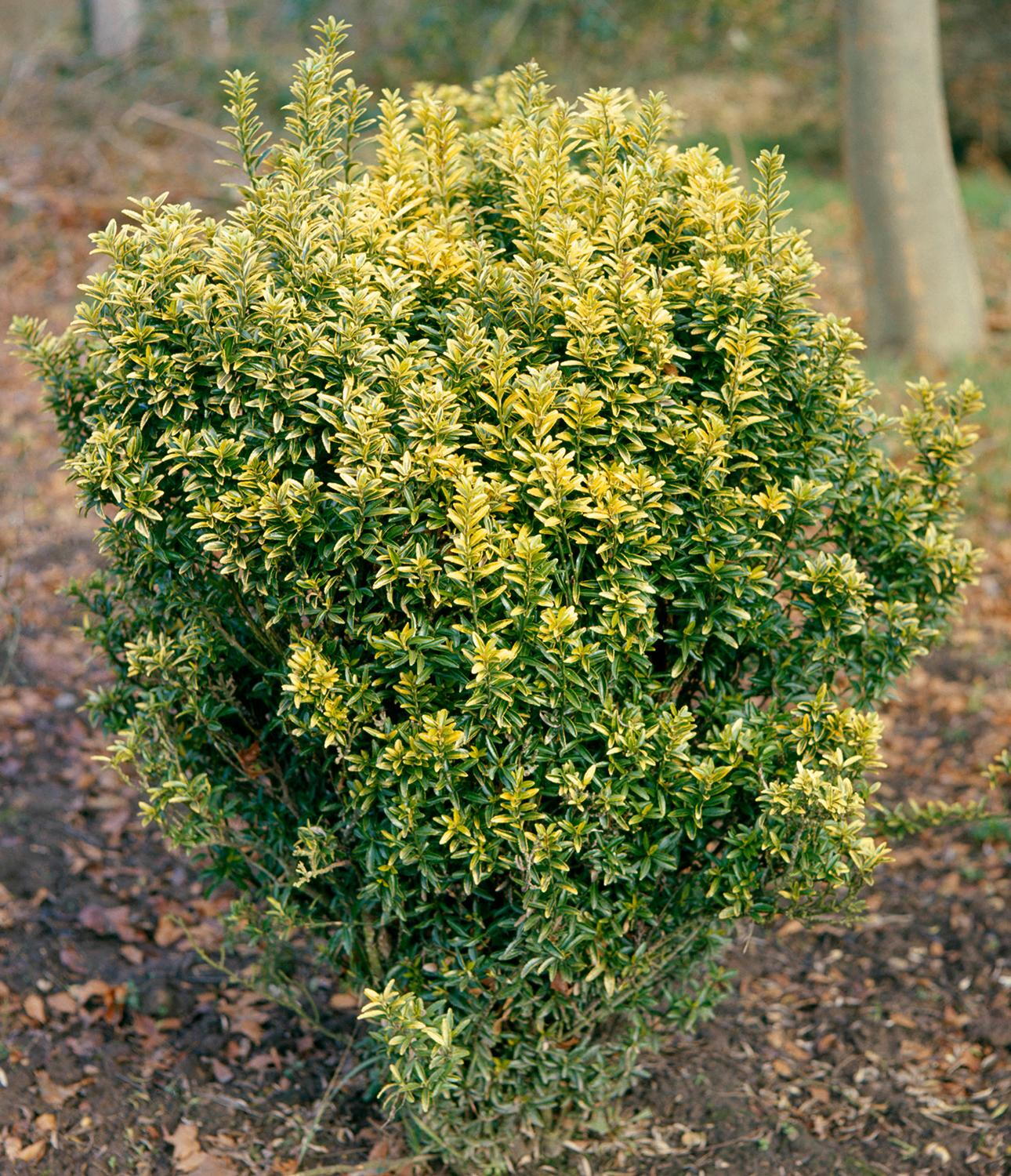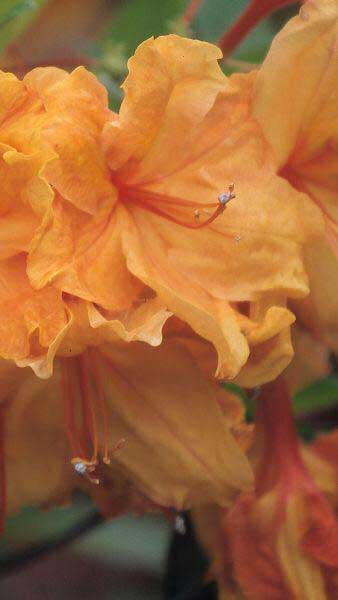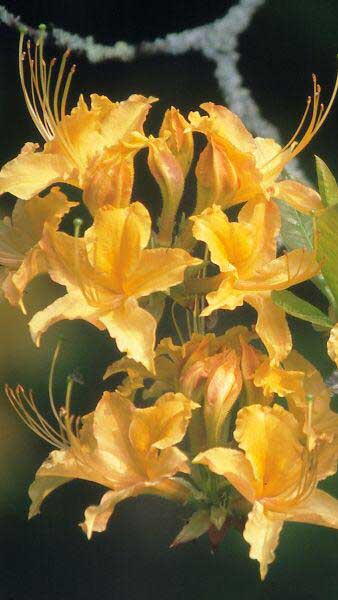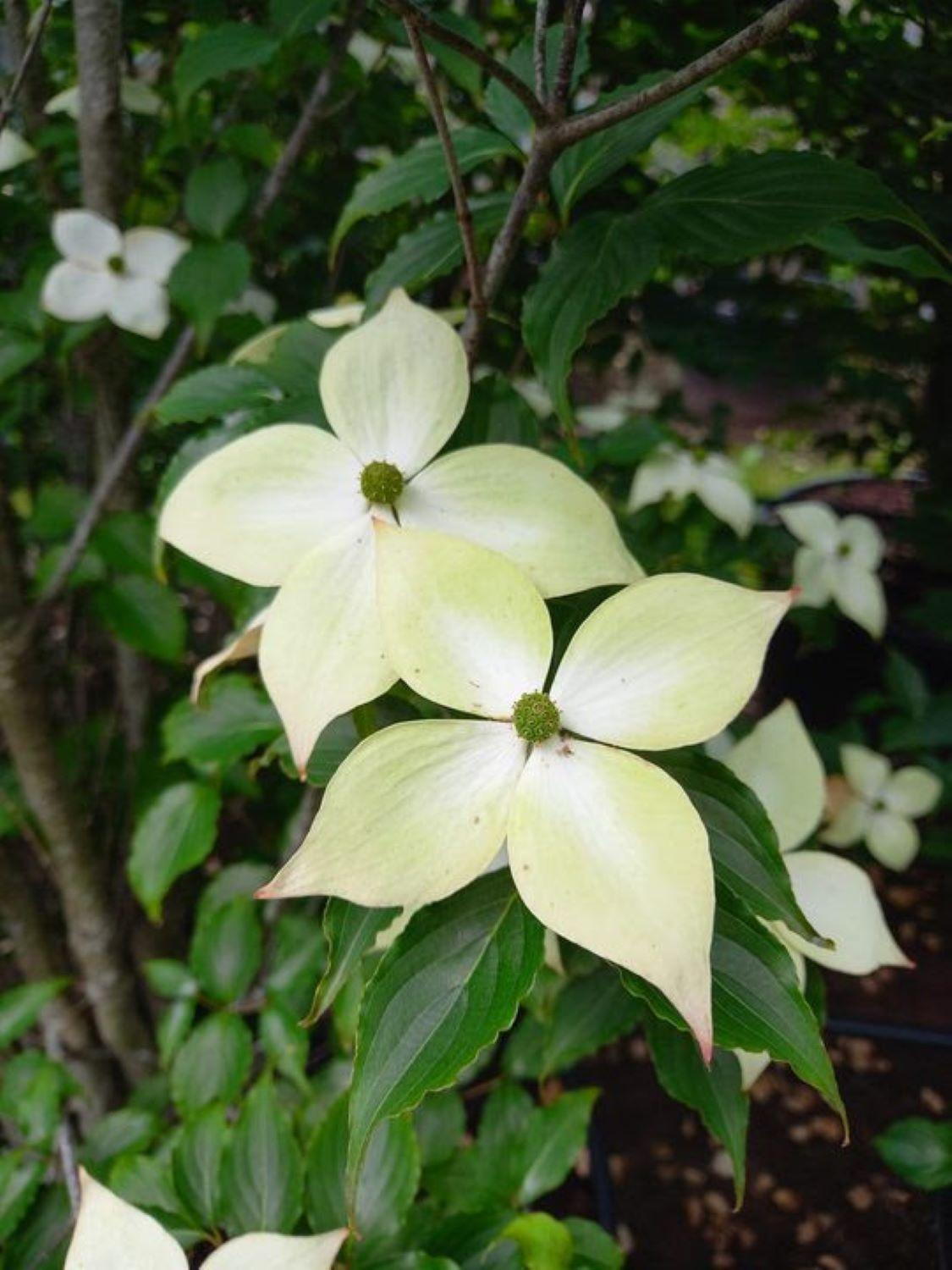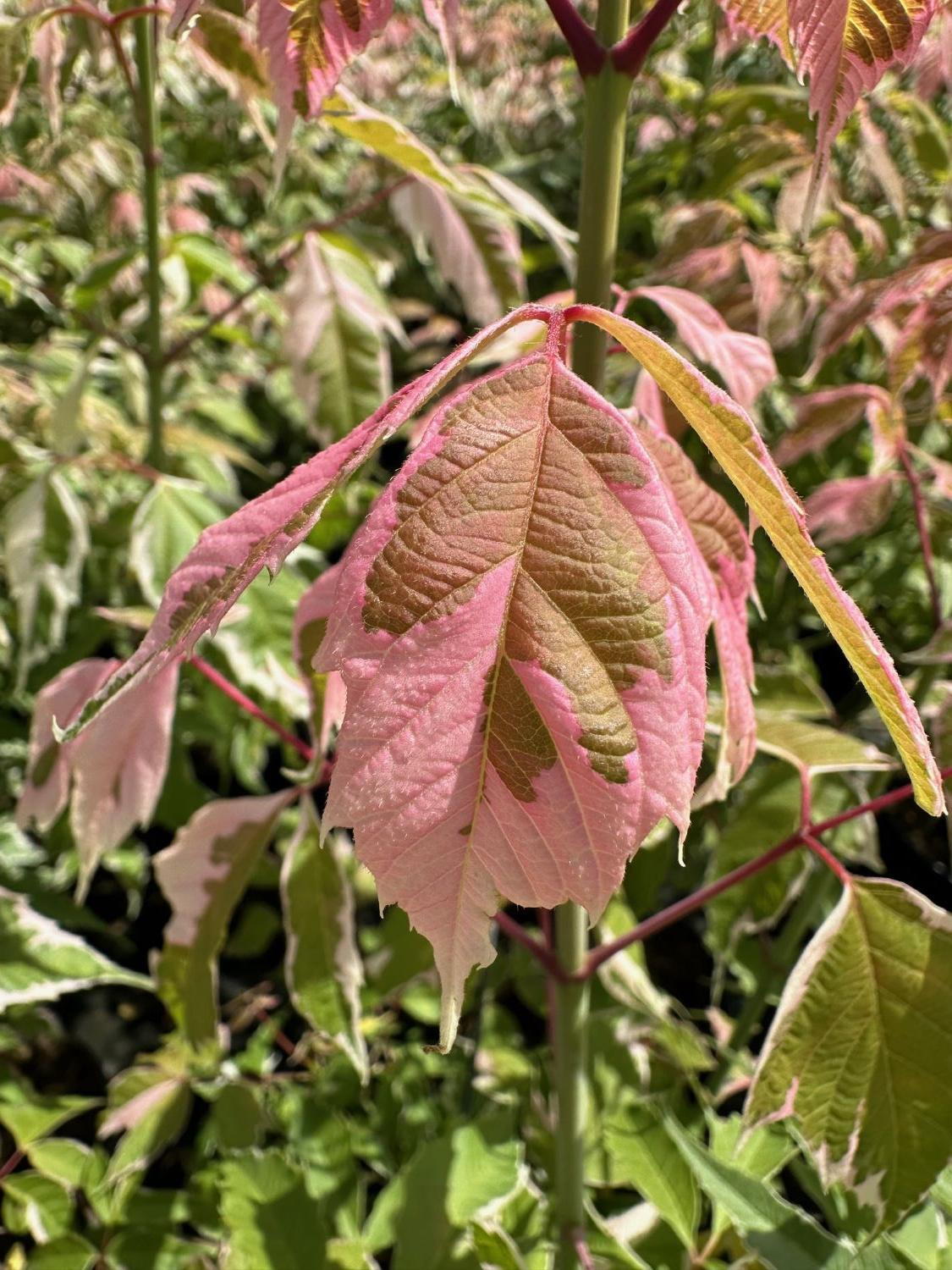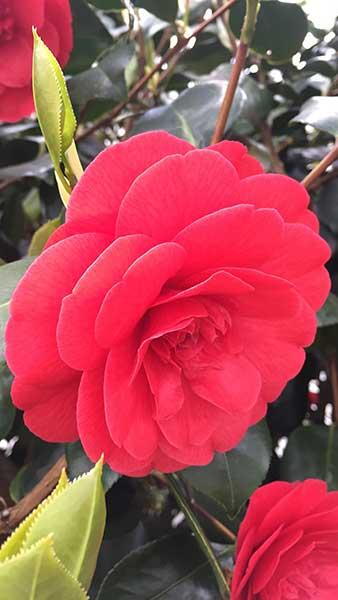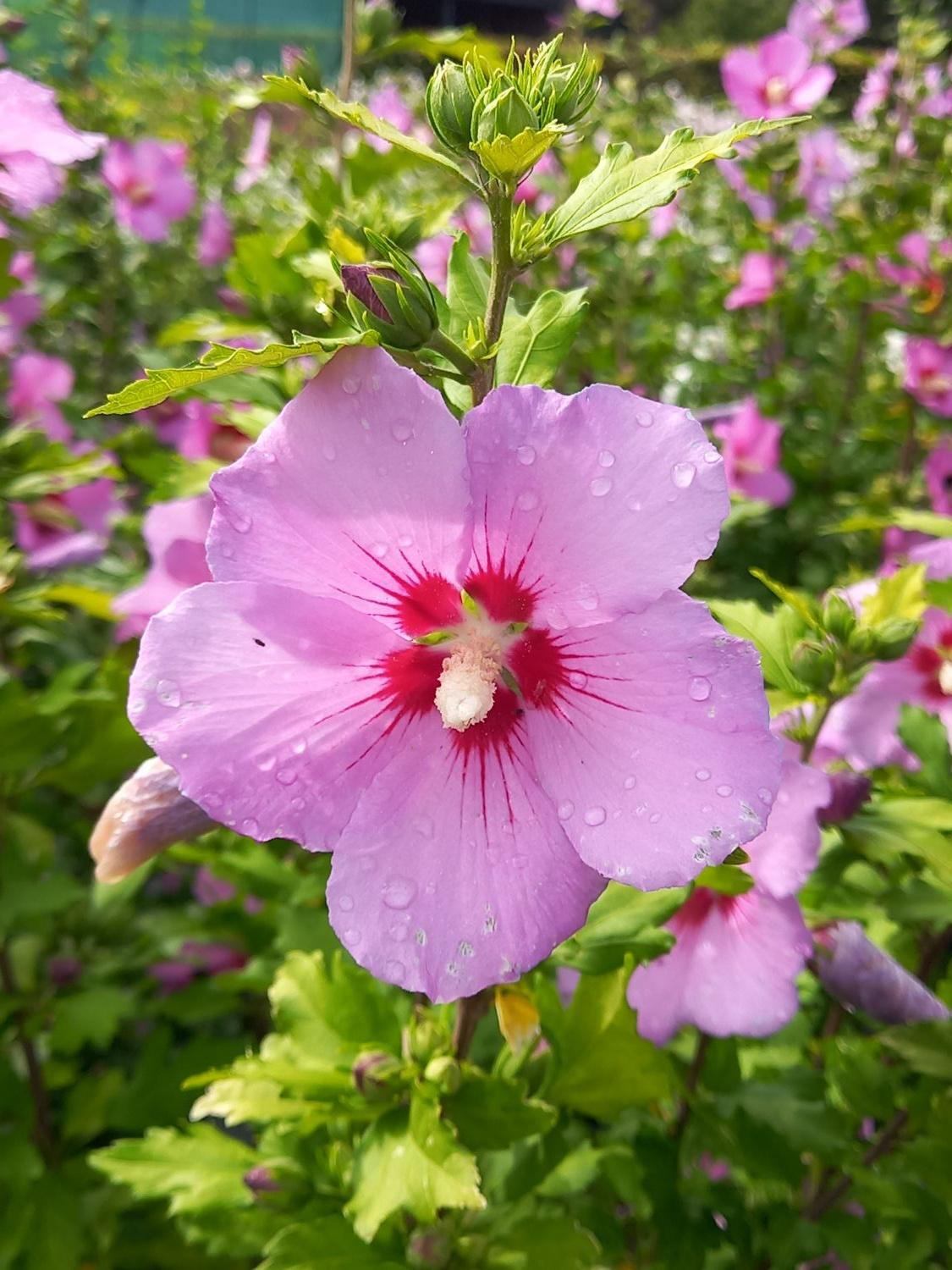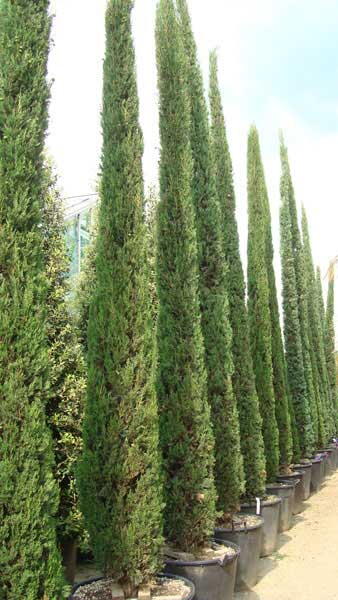Prunus Domestica Reine Claude Verte Plum Greengage Plum
Prunus Domestica Reine Claude Verte is a greengage plum variety. Greengage plums are cultivars of the common European plum (Prunus Domestica), best known for their greenish skin and rich, confectionery flavour. Although the first true greengage was bred in France, the ancestor of these particular plums was a wild specimen found in Anatolian peninsula. Reine Claude Verte is a medium-sized, deciduous tree that is considered to be the most popular variety of greengage plums, and it is the only variety that is almost an unchanged form of the original greengage cultivar. Its full botanical name is Prunus domestica subsp. italica Reine Claude Verte.This upright, compact tree flaunts a lush display of white blossoms in March through to April. The dainty, 5-petalled flowers are attractive to pollinators and followed by round, light green plums that can be picked from the tree in September. Do not let the deceiving colour of greengage plums fool you- these plums are juicy and exceptionally sweet. The fruit is equally tasty when eaten straight from the tree or when processed into preserves.Height and Spread of Prunus Domestica Reine Claude VertePlum Reine Claude Verte is larger than related fruit trees, and it can achieve a maximum size of 5 to 10 metres, with a spread of 2 to 6 metres.How Hardy Is Prunus Domestica Reine Claude VerteFully hardy in the United Kingdom, Greengage Plum can survive sub-zero temperatures, and it is not bothered by frosts.How To Use Prunus Domestica Reine Claude VerteAlthough plums can be quite decorative, with their beautiful natural form and romantic spring blossoms, these trees are mostly grown for their fruit, and Plum Reine Claude Verte is no exception. It can be grown on its own, as a specimen tree, or planted en masse for a more abundant fruit production. Its sweet plums are both culinary and dessert, but they do not store well unless frozen.As a self-fertile variety, Greengage Plum relies on insects for pollen. But, even though this cultivar does not need a pollination partner to produce fruit, it can serve as one to sterile plum varieties, particularly those who flower at the same time.How To Care For Prunus Domestica Reine Claude VerteEasy to grow and to care for, Plum Reine Claude Verte will be happy in any soil, but growing this cultivar in humus-rich, well-drained soil will give you the best results. Choose a spot in full sun to encourage better fruit production. When it comes to pruning, there is little that needs to be done to keep this deciduous tree healthy. If the heavy crops start breaking the branches, thin fruit as needed.An old and reliable variety, Plum Reine Claude Verte produces good crops of dual-purpose plums. Suitable for all training forms and considered low-maintenance, this plum variety is an excellent choice for beginners and experienced gardeners alike.


